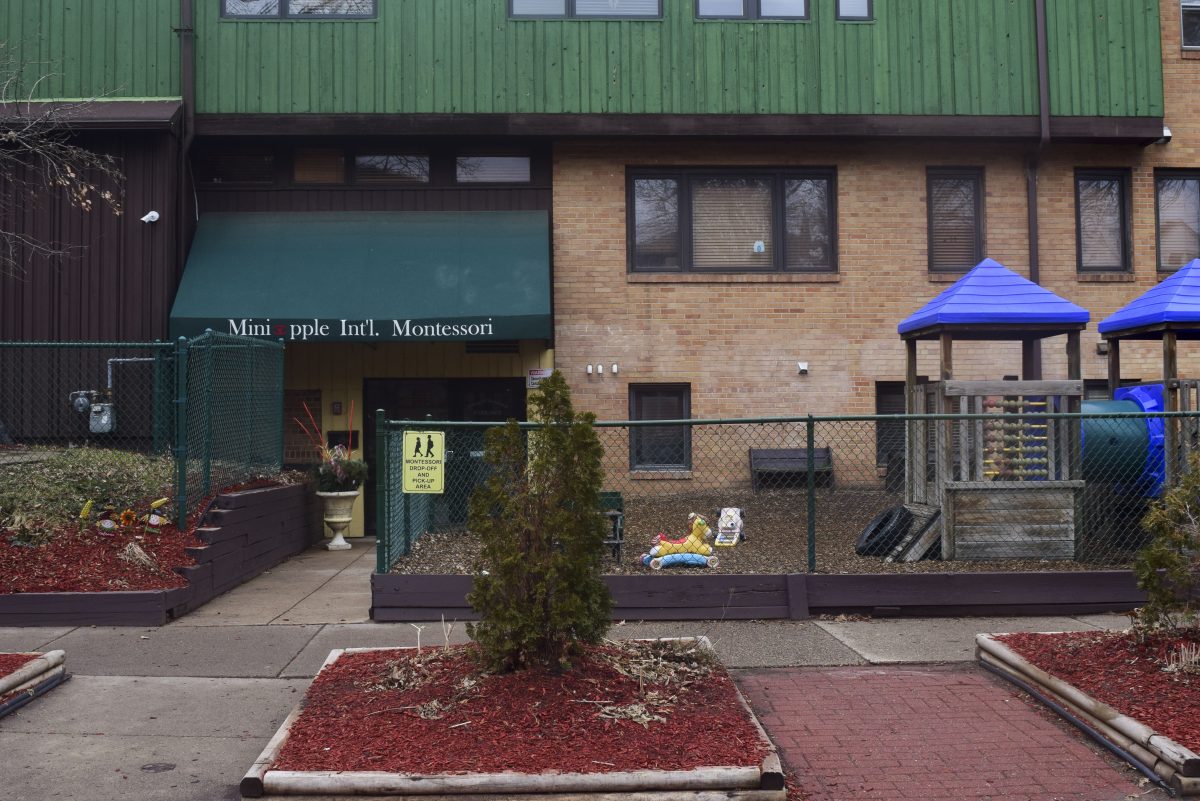The neighborhoods around the University of Minnesota have seen a drop in noisy parties, thanks to a collaboration between the University, police and city inspectors.
The number of violations of Minneapolis’ noisy and unruly assemblies ordinance has decreased by about 62 percent in the last four years, according to city data.
The Southeast Como neighborhood saw the biggest decrease — from 148 noise complaints in 2009 to about 40 so far this year.
Some attribute the drop to the Southeast Strategic Compliance Team, a mixed group of city and University officials aiming to curb noise around campus.
Team chair JoAnn Velde said she conceived the group after the 2009 Spring Jam riots. At the time, she was part of a University District Alliance committee looking at potential off-campus problems related to the new TCF Bank Stadium.
Velde and some other alliance members started the compliance team to reduce noise complaints and other issues in the neighborhoods around the University.
“We had quite a high number of party houses and a lot of cases that were rising to the level of administrative citations,” she said.
The city can fine noise ordinance violators up to $1,000, sentence them to 90 days in jail or both.
If another “unruly gathering” happens on the property within 180 days after a warning, the property owner may face a $200 fine, which doubles with each successive violation, up to $2,000.
Velde, who also works in housing inspection for the city, said the compliance team spent a lot of time coordinating University staff efforts with the Minneapolis Police Department.
Initially, the team worked with police to gather information on houses that had attracted multiple complaints in Marcy-Holmes and Como.
After the fact-gathering, Velde said the group focused on a short list of about a dozen of the most frequent offenders.
“We thought we would start with the worst first,” she said.
Although the team never made its list public, she said, it went door-to-door and sent letters to property owners saying the team would be tracking disruptive parties in the area.
“Law enforcement will hold the people who are having the party responsible,” she said, “but we were focused on the responsibility of the owners to manage the properties more effectively.”
Economics sophomore and Marcy-Holmes resident Rishi Roy said his landlord told him and his housemates that there was “zero tolerance” for excessive noise and loud parties when they moved in.
Roy said the neighborhood is home to an active weekend party scene, but the most unruly activity happens on the streets.
“People go around and are noisy in groups, but they’re usually moving from one place to another,” he said.
Minneapolis police crime prevention specialist Nick Juarez said he’s seen a shift in the location of complaints from Como to Marcy-Holmes, especially as more privately owned student apartments and dorms are built there.
“Now we’re starting to see [the violations] in the bigger complexes, but also still in the rental properties scattered throughout Marcy-Holmes,” he said. “More people [are] there now for the parties to happen.”
Marcy-Holmes has had 50 noise complaints so far this year, down from 95 in 2009 but higher than Como’s 40.
Velde said the committee’s work targeted noisy parties but didn’t intend to curtail parties in general.
“Nobody has a problem with students having a party,” she said. “It’s when they disturb neighbors and become violent that it affects people.”
Under the Student Conduct Code, University students could face consequences when violating city laws, including the noise ordinance.
Velde said the drop in complaints has motivated the group to look at connections between loud parties and more serious crimes, like burglaries, in the community.
“We’re looking at other flags we want to pay attention to,” she said. “We never want to go back to what was occurring in 2009.”





















![Gwyn, Macy, Daniel, and Nora [pictured left to right] brave the sub-zero windchill on an icy afternoon to skate together in Van Cleve park. The park, located just north of Dinkytown in Como, becomes a popular winter activity hub for students and nearby residents each year when the park’s fields are frozen to create a public ice skating rink.](https://mndaily.com/wp-content/uploads/2024/01/FzDx2ZjdXLtO33r1j1atrf7jrtQtocs9vnp8k2AT-2-1200x801.jpeg)
